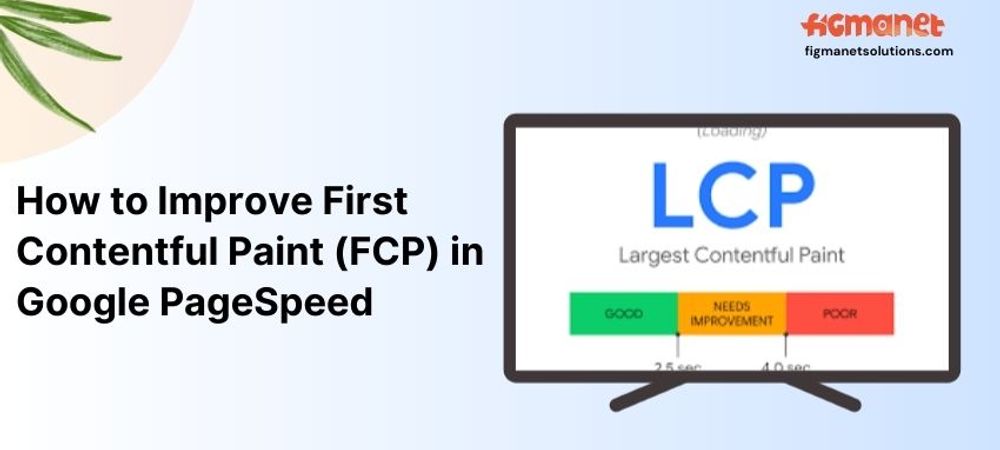How to Improve Largest Contentful Paint (LCP) in Google page speed
Posted By: Akanksha mall Published: 27, Mar 2025

Table of Contents
Improving Largest Contentful Paint (LCP) is essential for optimizing user experience and ensuring fast loading times on your website. Here are several strategies to enhance LCP:
-
Optimize Images:
- Use modern formats like WebP to reduce image size without sacrificing quality.
- Compress images to minimize load times.
- Serve images at the correct size for different devices.
-
Minimize Critical CSS:
- Inline critical CSS needed for rendering above-the-fold content to speed up LCP.
- Remove unused CSS to streamline loading.
-
Improve Server Response Time:
- Optimize server performance through faster hosting solutions or upgraded resources.
- Use caching strategies to serve content more quickly.
-
Reduce JavaScript Blocking:
- Defer or asynchronously load non-critical JavaScript to prevent blocking of rendering.
- Minimize JavaScript file sizes.
-
Use a Content Delivery Network (CDN):
- Distribute content via a CDN to decrease loading times, especially for users located far from your server.
-
Preload Key Resources:
- Use
<link rel="preload">to ensure that crucial resources like images and CSS load promptly.
- Use
-
Enhance Font Loading:
- Use
font-display: swapto prevent delays in rendering text. - Limit the number of font variations loaded.
- Use
-
Implement Lazy Loading:
- Apply lazy loading for images and videos that aren’t visible on the initial screen, reducing initial load time.
-
Optimize Third-Party Scripts:
- Limit the number and size of third-party scripts, as they can slow down page loading.
-
Enable Browser Caching:
- Use caching rules to enable browsers to store static resources, speeding up subsequent visits.
-
Monitor Performance:
- Regularly assess your website’s LCP using tools like Google PageSpeed Insights or Lighthouse, and make adjustments based on the results.

 Guiding your business journey
Guiding your business journey